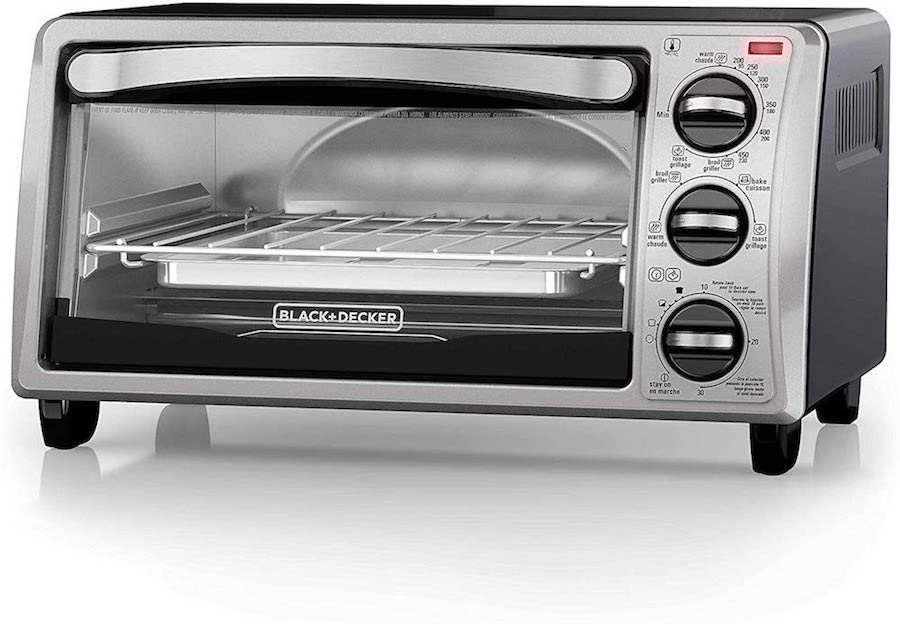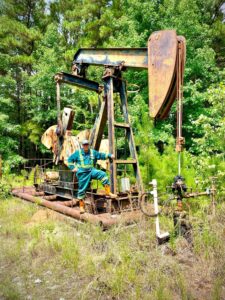Gas stoves in over 40 million American kitchens are leaking methane, a powerful greenhouse pollutant that fuels climate change and contaminates our indoor air.
That’s the startling conclusion of a new study by Stanford University that found that, during a 20-year timeframe, annual methane emissions from all gas stoves in US homes have a climate impact comparable to the annual carbon dioxide emissions of 500,000 cars.
While the findings raise red flags for any of us who cook with gas or also use it to heat our homes or water, they also help bolster the movement growing in cities and some states to ban gas hookups in new buildings, an action that’s absolutely essential if we want to stop climate change.
Don’t worry: the “stove police” aren’t coming to commandeer your existing range and make you eat cold beans. But you should take steps now to reduce the indoor air pollution your stove generates—and lay plans to replace your gas stove with a safer, more climate-friendly electric model when the time comes.
You may be surprised that your stove is leaking methane, when you thought you were using “natural” gas.
As it turns out, calling gas “natural” was mostly a PR ploy to make it sound more appealing. The gas we use in our homes is by and large methane, a powerful greenhouse contaminant that has a “triple whammy” impact on us and the planet.
On its own, “Over a 20-year timescale, the global warming potential of methane is 86 times greater than carbon dioxide,” Stanford reports. In addition, burning methane releases carbon dioxide, which adds to the CO2 burden building up in the atmosphere.
Adding insult to injury, burning methane also releases health-damaging air pollutants like nitrogen oxides (NOx) into home air and can trigger respiratory illnesses. “Data suggest that families who don’t use their range hoods or who have poor ventilation can surpass national standards for nitrogen oxide pollution within a few minutes of stove usage, particularly in smaller kitchens,” the researchers found.
When you think “gas leak,” you may be wondering why you’re not smelling anything.
It’s because the amount of gas being leaked, while significant, can’t be detected by the nose. That’s why the researchers used high-tech equipment to study stoves in 53 homes in three ways: when the stove was not being used at all; when it was being used; and during a “transitory” period, when it was either lighting or turning off.
Surprisingly, stoves leak more gas when they’re not being used or when they’re being turned on or off than when they’re actually enflamed.
Unfortunately, you can’t fix the problem by buying a new gas-fueled stove. The Stanford researchers found no relationship between total methane emissions and a stove’s cost or age, and they studied appliances that were between three and 30 years old.
That said, the highest methane emitters were cooktops that ignited using a pilot light instead of a built-in electronic sparker. “Most surprising of all,” researchers report, “more than three-quarters of methane emissions occurred while stoves were off, suggesting that gas fittings and connections to the stove and in-home gas lines are responsible for most emissions, regardless of how much the stove is used.”
What can you do? Use your fan, go electric!
Probably the most important step you can take is to turn on your fan before you turn on your stove or oven, and keep it running while you’re cooking. That will at least vent any emissions outside, though it won’t help reduce your stove’s climate impact. Weather permitting, crack open a kitchen window to increase fresh air circulation, too.
In the short term, use electric appliances like the ones I use (you can see them here): electric microwave, kettle, Instapot, and toaster oven.
Longer term, plan to replace your gas stove, heater, and furnace with an electric model when the time comes. My own city outside Washington, DC actually offers grants to help residents do this. Maybe yours does, too. States may also offer tax credits to replace an older gas appliance with a more efficient electric one.
Finally, support efforts to electrify your city, county and state and endorse initiatives that ban gas hook-ups in new buildings. And, vote for elected officials who will make both happen.


















